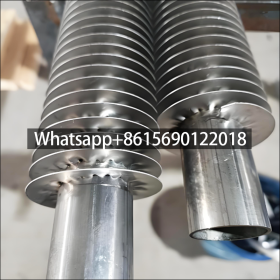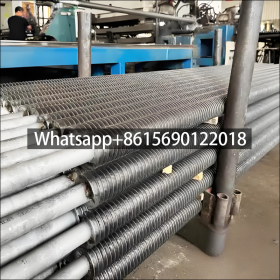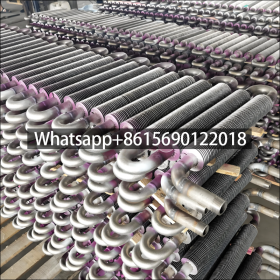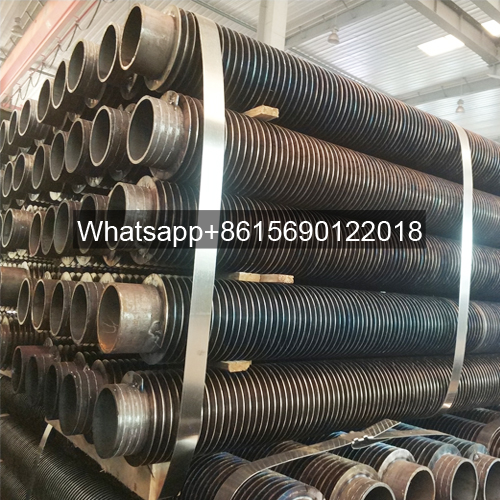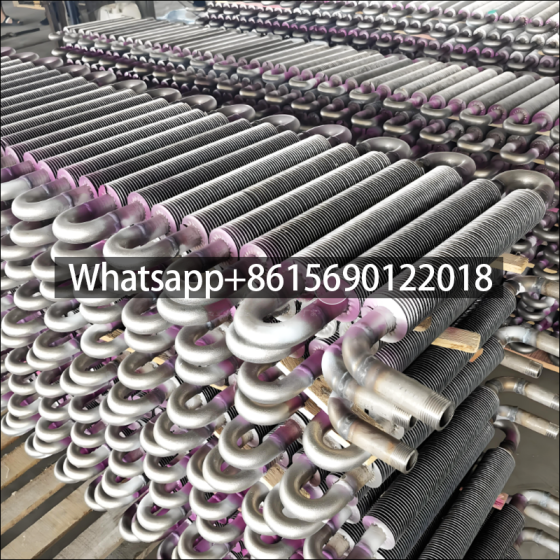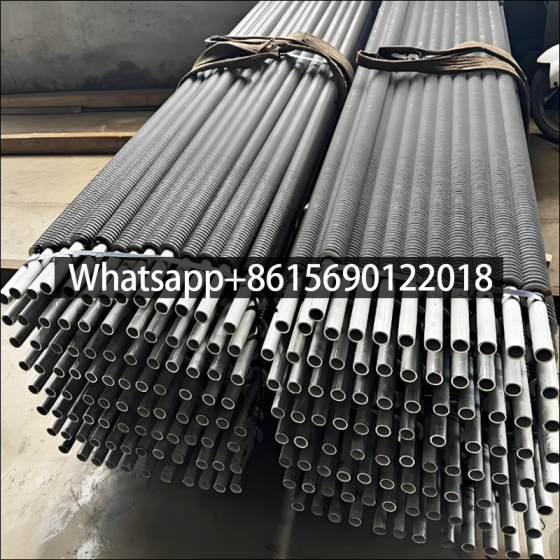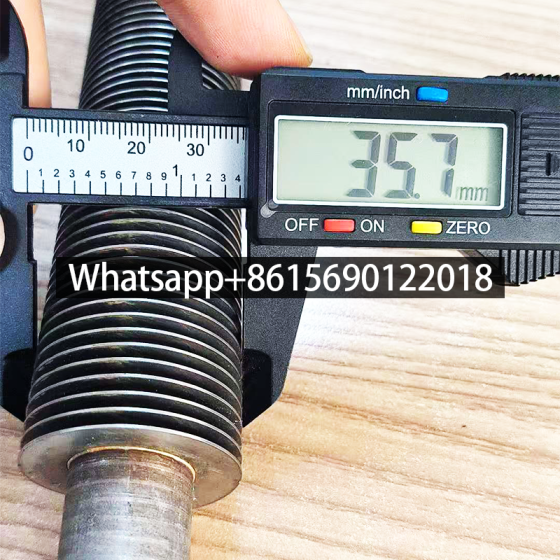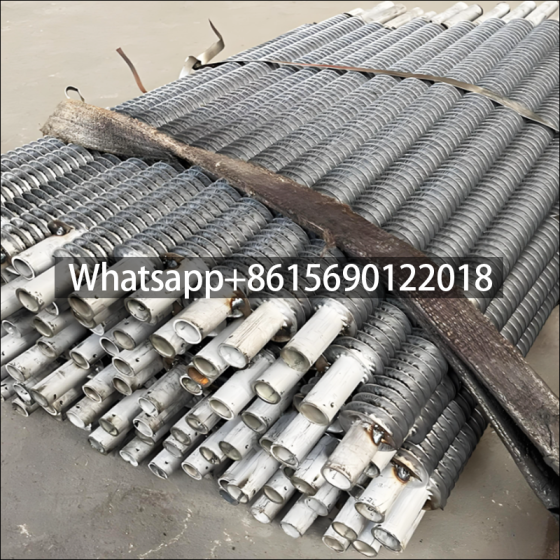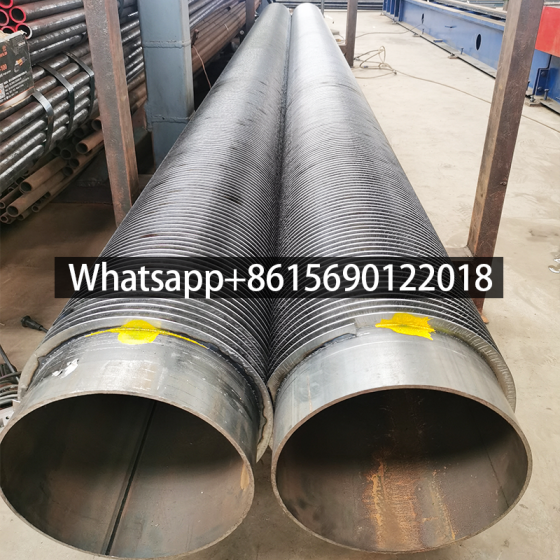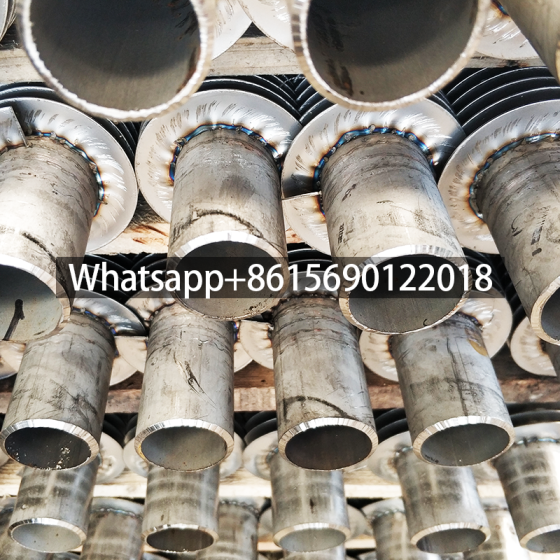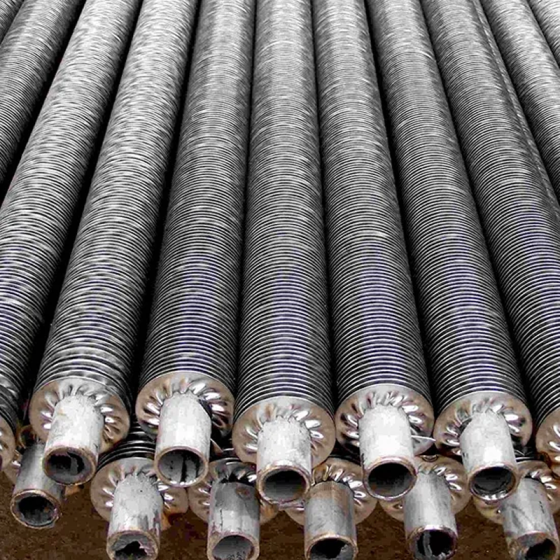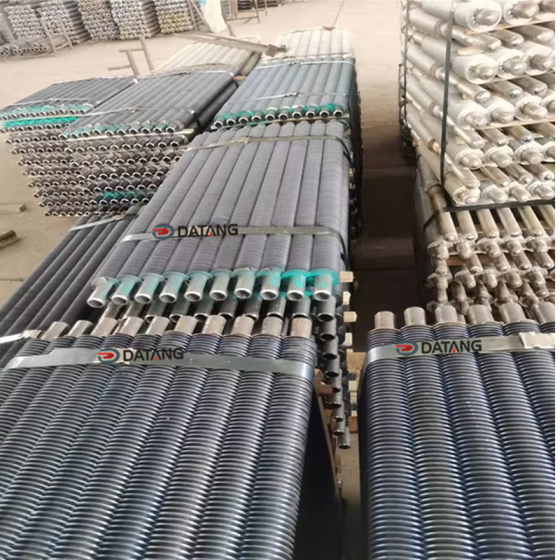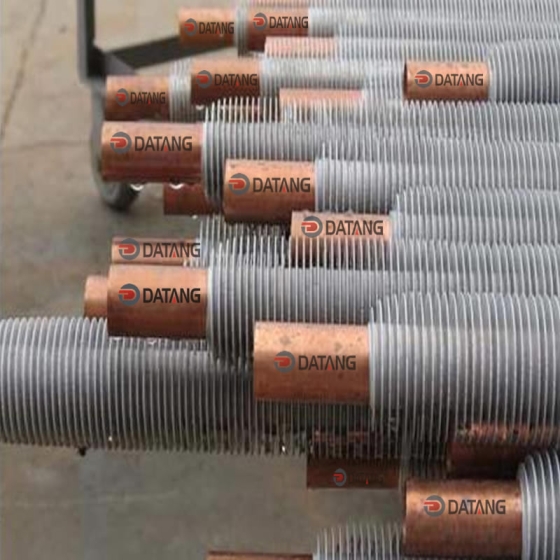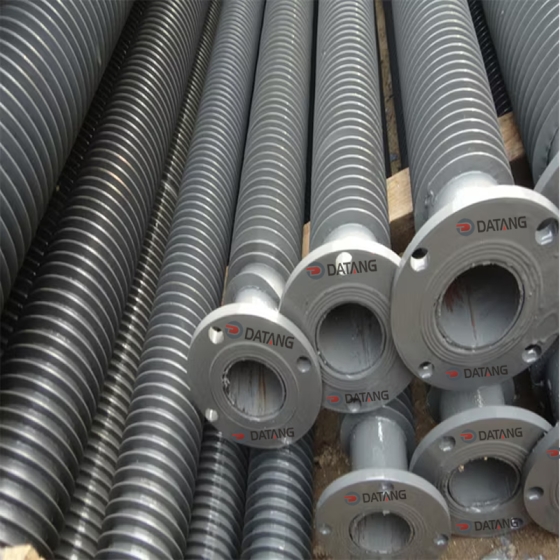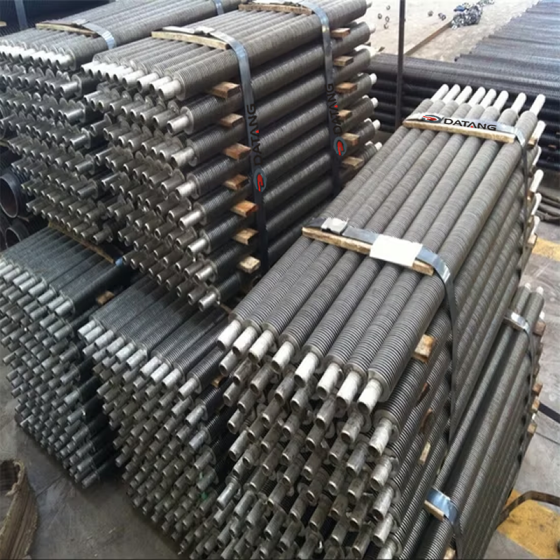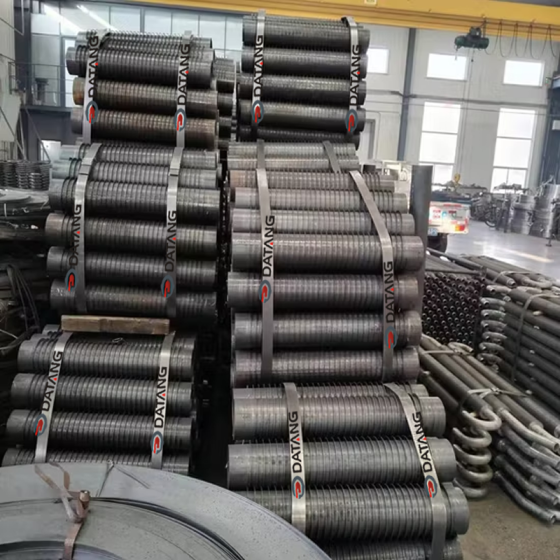A high-frequency welded fin tube is a heat exchange element manufactured using a high-frequency welding process. Its structure consists of a base tube and fins. The base tube is generally made of seamless or welded steel pipe, while the fins are made of thin steel plate or aluminum plate.
Using high-frequency welding, the fins are tightly welded to the base tube, forming a highly efficient heat exchange surface. This type of fin tube offers advantages such as compact structure, high thermal efficiency, corrosion resistance, and long service life, making it widely used in various drying equipment.
In drying equipment, the primary function of high-frequency welded fin tubes is to transfer heat from the heating medium to the wet material, rapidly evaporating the moisture within. Compared to traditional bare tubes, high-frequency welded fin tubes offer a larger heat exchange area and higher heat transfer efficiency, enabling faster heat transfer to the material, thereby improving drying efficiency.
The fin design also increases air flow, ensuring better hot air circulation during the drying process, further enhancing drying results.
The use of high-frequency welded fin tubes not only improves the thermal efficiency of drying equipment but also brings significant energy savings.
Traditional drying equipment consumes a significant amount of energy to achieve optimal drying results due to low heat exchange efficiency. However, the use of high-frequency welded finned tubes significantly reduces energy consumption and production costs due to their improved heat exchange efficiency.
High-frequency welded finned tubes also offer a long service life and low maintenance costs, bringing additional economic benefits to businesses.
The application of high-frequency welded finned tubes also faces certain challenges and issues.
First, high-frequency welding technology requires specialized equipment and operators, and places high demands on quality control during the production process.
Second, the material selection and structural design of the finned tubes must be customized based on the specific operating environment and material properties to ensure optimal performance.
Furthermore, high-frequency welded finned tubes may experience wear and corrosion over long-term use, requiring regular maintenance and replacement.
To address these issues, companies and researchers are continuously exploring and innovating.
On the one hand, efforts are underway to improve the manufacturing quality and production efficiency of finned tubes by optimizing the high-frequency welding process and quality control system.
On the other hand, improvements are being made to the structural design and material selection of finned tubes to enhance their adaptability and durability.
At the same time, research is also underway to develop new heat exchange components to further improve the thermal efficiency and energy conservation and emission reduction of drying equipment.
As a key heat exchange component in drying equipment, high-frequency welded finned tubes play a vital role in improving equipment thermal efficiency, saving energy, and protecting the environment.
With the continuous advancement of technology and the expansion of its application scope, we believe that high-frequency welded finned tubes will play an even more important role in the drying equipment industry in the future, bringing greater economic and social benefits to enterprises.
 dtfinnedtube.com
dtfinnedtube.com



